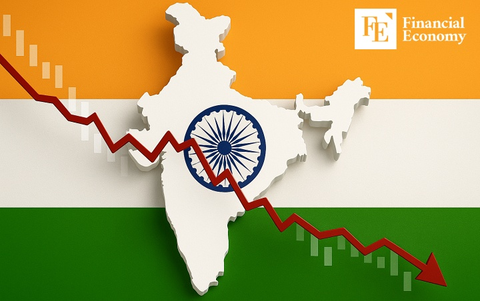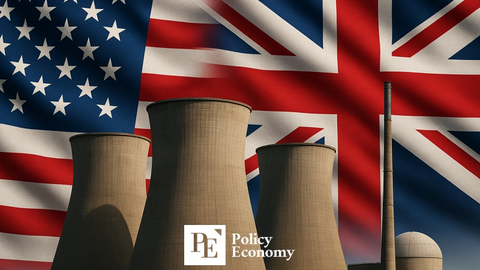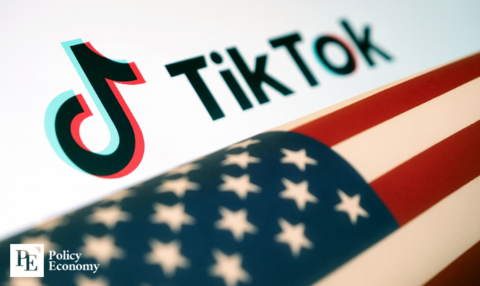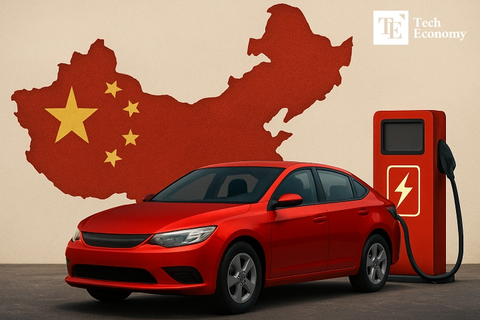Trump Links U.S. Troop Presence Abroad to Defense Burden Sharing, Trade Talks
Input
Modified
Trump Links Overseas Troop Presence to Defense Cost-Sharing Amid questions over U.S. troop reductions abroad, US President Trump signals a stronger tie between defense spending and trade negotiations, calling for an integrated approach — especially in talks with South Korea.

U.S. President Donald Trump has signaled that the presence of American troops overseas—including those stationed in South Korea—may be directly tied to negotiations over defense cost-sharing, hinting at a possible connection to ongoing trade talks. Trump's suggestion that defense contributions could be part of a broader "package deal" is expected to influence the recently launched trade negotiations between South Korea and the United States.
Trump Signals Security Issues May Be Folded into Trade Talks
On April 9 (local time), during a White House executive order signing ceremony, President Trump was asked whether there were plans to reduce the number of U.S. troops stationed overseas, particularly in Europe. “It depends on the situation,” he replied. “We pay to maintain troops in Europe and don’t get much in return. It’s the same with South Korea.” He went on to state that while such matters are not directly related to trade, “it makes sense to deal with it as part of a comprehensive package—it’s cleaner that way.”
White House Press Secretary Caroline Levitt echoed this sentiment during an April 8 briefing, saying, “President Trump is taking a tailored approach, and that may include foreign aid, troop deployments, and the associated costs as part of the negotiations.”
Although South Korea signed a new Special Measures Agreement (SMA) on defense cost-sharing with the Biden administration before his departure—locking in contributions from 2026 to 2030—Trump has repeatedly criticized South Korea during his 2024 campaign, calling it a “money machine” and demanding significant increases.
While the White House has stated that the U.S.-Korea alliance remains a priority, Trump’s remarks suggest that trade talks may now encompass a broader range of diplomatic and security issues, potentially extending the negotiation timeline. For now, however, there are no indications that U.S. trade officials are actively tying tariffs to defense cost-sharing in their talks with Seoul. Whether Acting President Han Duck-soo can resolve the matter during his remaining time in office remains a key question.
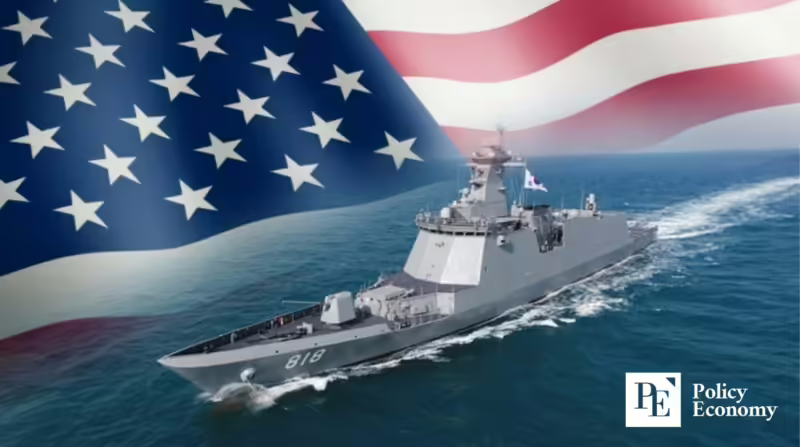
EU Moves Swiftly to Meet U.S. Demands on Defense Budget
Amid growing U.S. pressure over defense spending, the European Union has also taken action. On April 6, all 27 EU member states adopted a joint declaration at a special summit in Brussels, pledging to “significantly and continuously increase expenditures on European security and defense.”
The statement emphasized reducing strategic dependency—widely interpreted as a desire to lessen reliance on the U.S. for security. EU leaders instructed the European Commission to develop measures that would enable all member states to ramp up military spending.
Two days earlier, the Commission unveiled its “European Re-Armament Plan,” which proposes temporarily suspending EU fiscal rules to allow increased defense investment. The plan includes leveraging €150 billion in unused EU budget capacity to provide low-interest loans for joint procurement of weapons systems such as air defense, missiles, and drones.
However, the EU failed to reach unanimous agreement on expanding aid to Ukraine. Hungary’s pro-Russian Prime Minister Viktor Orbán abstained, leaving 26 countries to issue a separate annex document stating their commitment to “enhanced support for Ukraine and increased pressure on Russia.”
Meanwhile, the UK and France are moving forward with their own post-war security initiatives. According to the BBC, both countries are engaged in talks with around 20 others to establish a “Coalition of Willing” to ensure long-term peace in Ukraine. Reuters reports that the UK and France plan to present a peace framework to Washington in the coming weeks.
During a recent visit to a British defense firm, UK Prime Minister Keir Starmer stated that any Ukraine security agreement “must be developed in coordination with the United States.” French President Emmanuel Macron took a more combative tone, labeling Russian President Vladimir Putin “an imperialist” and accusing him of making a “historic mistake.”
Japan Moves Swiftly to Meet U.S. Demands on Defense Budget
Japan has responded swiftly to Trump’s defense cost demands. Following a February 7 summit with Prime Minister Shigeru Ishiba, Trump announced that Japan would double its defense spending by 2027 compared to levels during his first term.
A joint U.S.-Japan statement released that day praised Japan’s “positive momentum” on defense and welcomed Tokyo’s commitment to “develop the capabilities needed to assume primary responsibility for its own defense by 2027 and beyond.”
Japan’s defense budget for 2025 is already at a record high—¥8.6691 trillion (about ₩82.6 trillion), or approximately 1.6% of its GDP. This increase follows the Kishida administration’s 2022 revision of Japan’s three core security documents, which set a goal of raising defense spending to 2% of GDP by 2027, totaling ¥43 trillion (about ₩418 trillion) over five years.
This acceleration reflects both Japan’s internal push toward becoming a “normal country” and its efforts to meet commitments made to Trump during his previous term. However, Ishiba recently pushed back on further U.S. demands. After Elbridge Colby, Trump’s nominee for Under Secretary of Defense for Policy, suggested that Japan raise defense spending to 3% of GDP, Ishiba responded firmly: “Japan’s defense budget will be determined by Japan.”
Colby, who previously served as Deputy Assistant Secretary of Defense during Trump’s first term, is known for crafting the Pentagon’s 2018 National Defense Strategy, which emphasized a hardline stance on China and called for greater allied burden-sharing. His nomination was confirmed by the U.S. Senate on April 9, paving the way for his official appointment.



